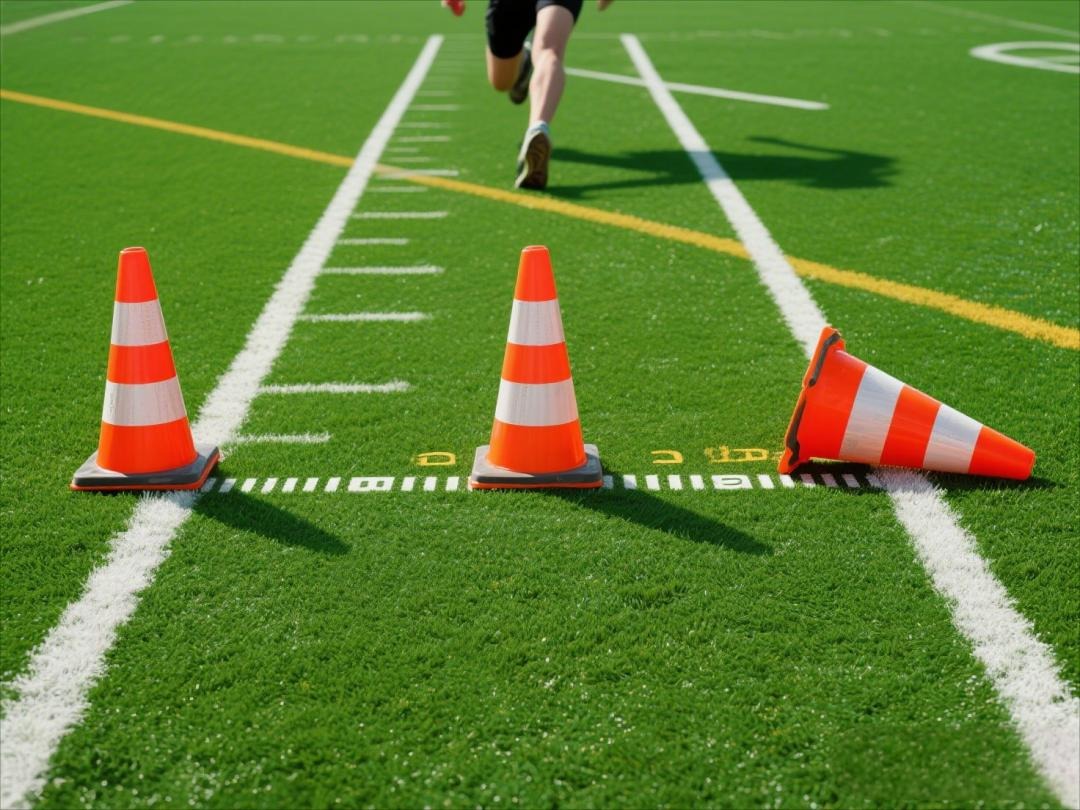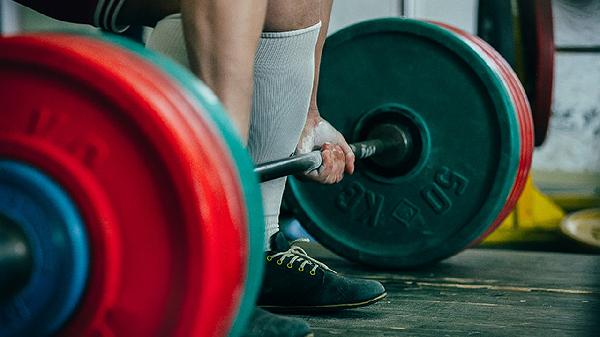Training till failure—pushing your muscles to absolute exhaustion—has been hyped as the ultimate fitness hack for serious gains. But is it really the golden ticket to a shredded physique, or just a fast track to burnout and injury? The truth? It depends. While going all-out can trigger muscle growth, doing it wrong (or too often) can leave you sidelined with fatigue, stalled progress, or worse. Let’s break down the science, the risks, and how to use failure training smartly—without wrecking your body.

When you lift until you literally can’t complete another rep, you’re forcing your muscles to recruit every last fiber to keep going. This extreme stress triggers a cascade of adaptations—micro-tears in muscle fibers, metabolic fatigue, and a surge in growth hormone—all of which can lead to hypertrophy (aka muscle growth). Studies show that occasional failure training can boost strength and size, especially for experienced lifters. But here’s the catch: your nervous system also takes a beating. That "fried" feeling post-workout? That’s your CNS begging for mercy. Overdo it, and recovery slows, performance plateaus, and injuries creep in.
Failure isn’t a one-size-fits-all strategy. For beginners, it’s often unnecessary—your muscles grow just fine with controlled reps and proper form. Intermediate and advanced lifters can benefit from strategically failing on isolation moves (like bicep curls) or the last set of compound lifts (think bench presses). But even then, limit it to 1-2 sets per muscle group, max. Where people mess up? Treating every workout like a WWE smackdown. If you’re failing on squats, deadlifts, or heavy overhead presses regularly, you’re flirting with joint damage and systemic exhaustion. Save the "leave it all in the gym" mentality for accessory work, not your big lifts.
Pushing limits feels hardcore, but your body keeps score. Signs you’re overdoing failure training include chronic soreness that lingers for days, plummeting motivation, weaker lifts despite effort, and disrupted sleep (thanks, overtaxed adrenals). Ever hit a wall where even caffeine can’t save your workout? That’s CNS fatigue talking. The fix? Dial back the intensity, prioritize deload weeks, and cycle failure training—2-3 weeks on, 1-2 weeks off. Recovery isn’t glamorous, but neither is spinning your wheels for months because you’re too wrecked to progress.
To reap the rewards without the fallout, follow these rules: First, never fail on risky lifts (heavy deadlifts, explosive moves). Second, use it sparingly—maybe one exercise per muscle group per week. Third, pair it with intelligent volume; if you’re failing on 10 sets of chest, you’re doing it wrong. A better approach? Ramp up weight gradually, leave 1-2 reps in the tank for most sets, and only go to failure on the final set. And for the love of gains, eat and sleep like your progress depends on it (because it does).
Training to failure isn’t inherently bad—it’s a tool, not a religion. Used wisely, it can break plateaus and spark growth. But treat it like a blunt instrument, and you’ll end up broken instead of bigger. Listen to your body, balance intensity with recovery, and remember: the goal isn’t to survive your workouts, but to thrive because of them.
























